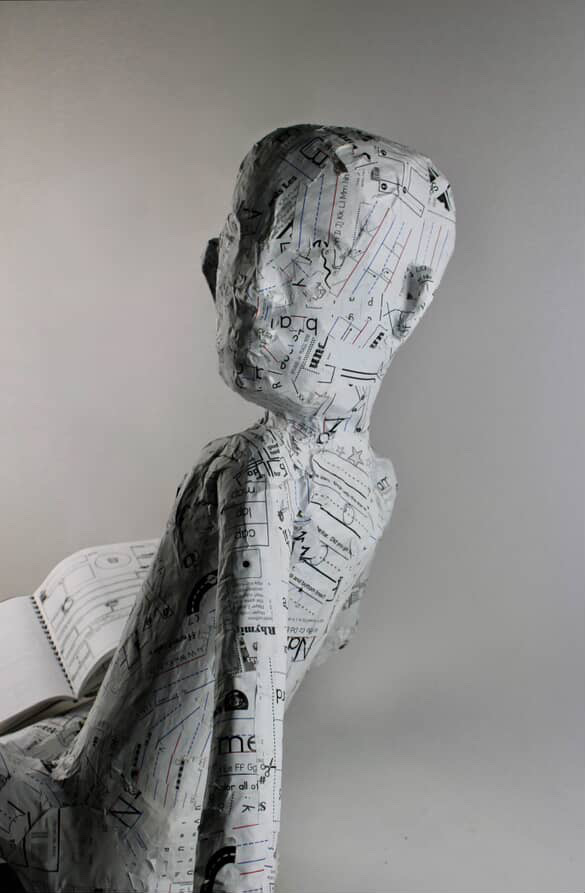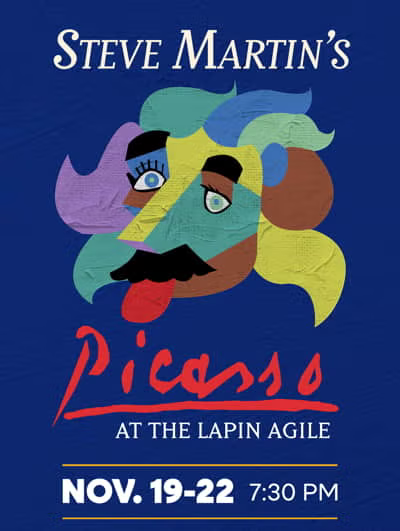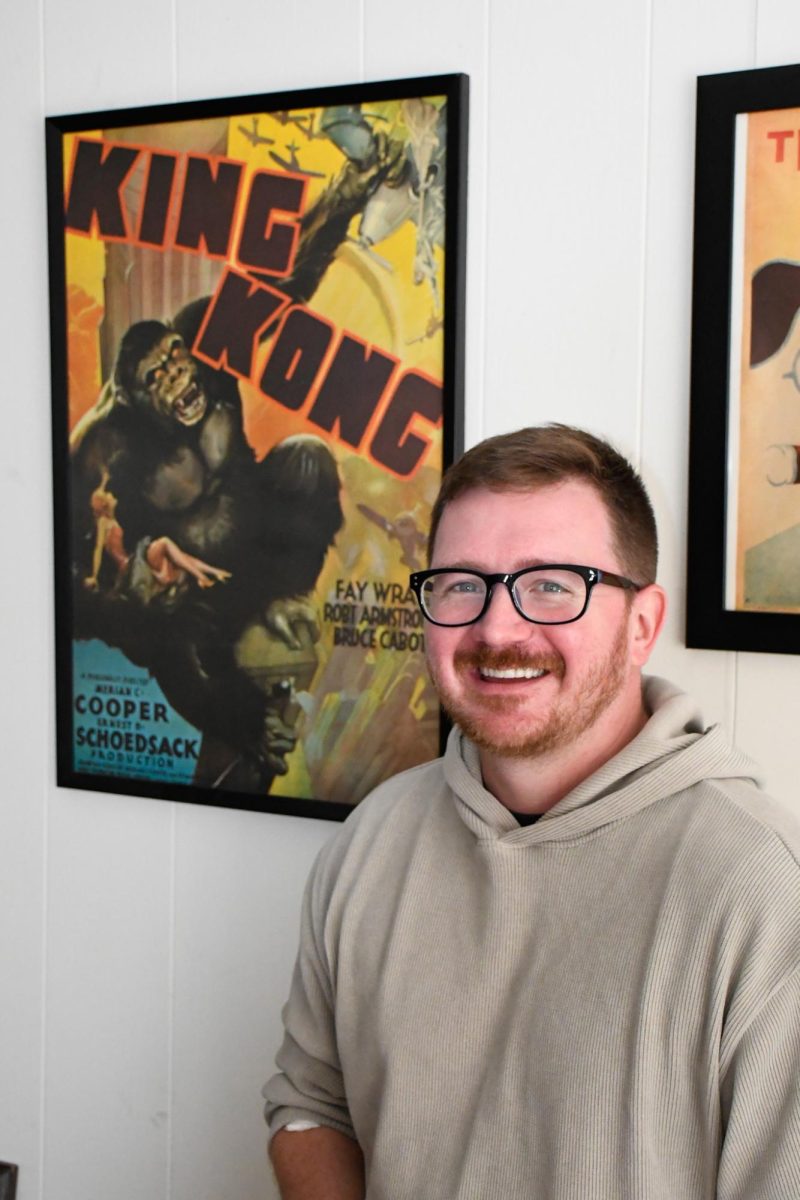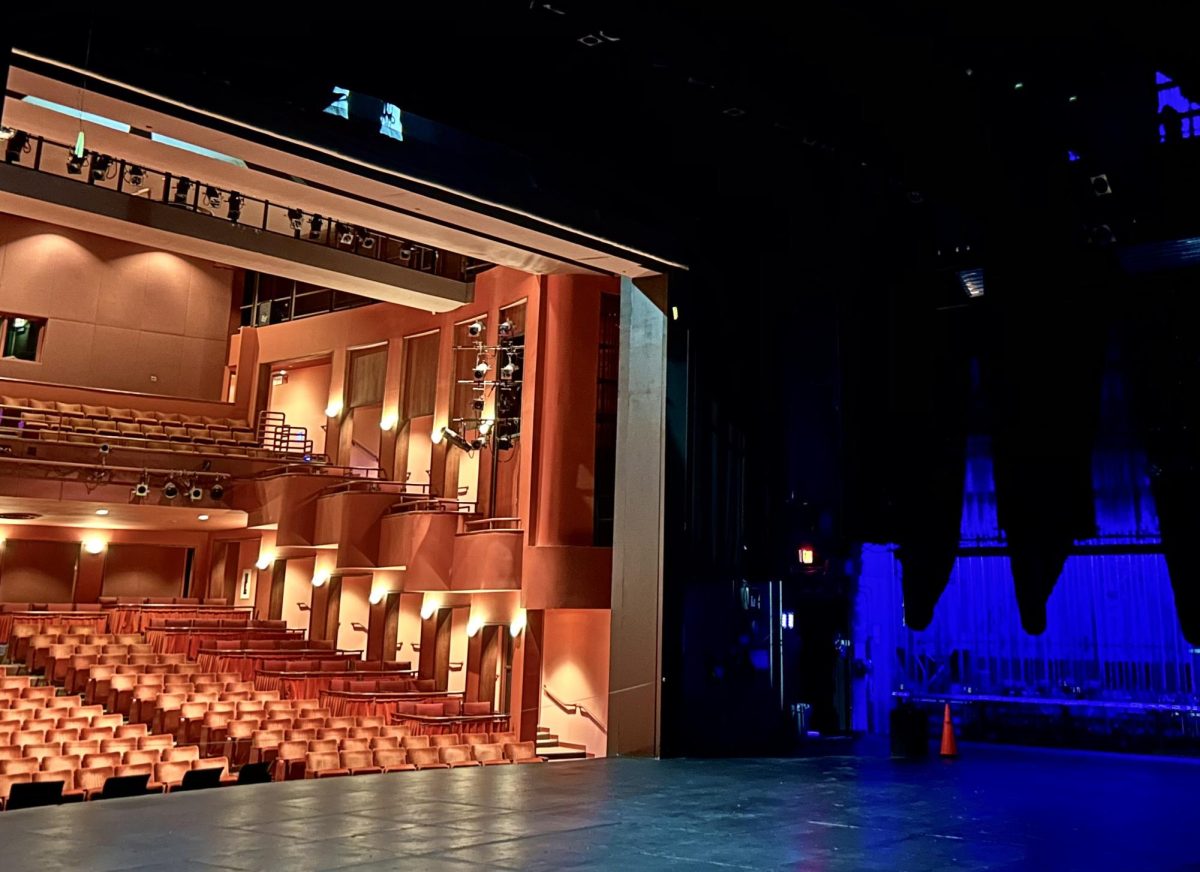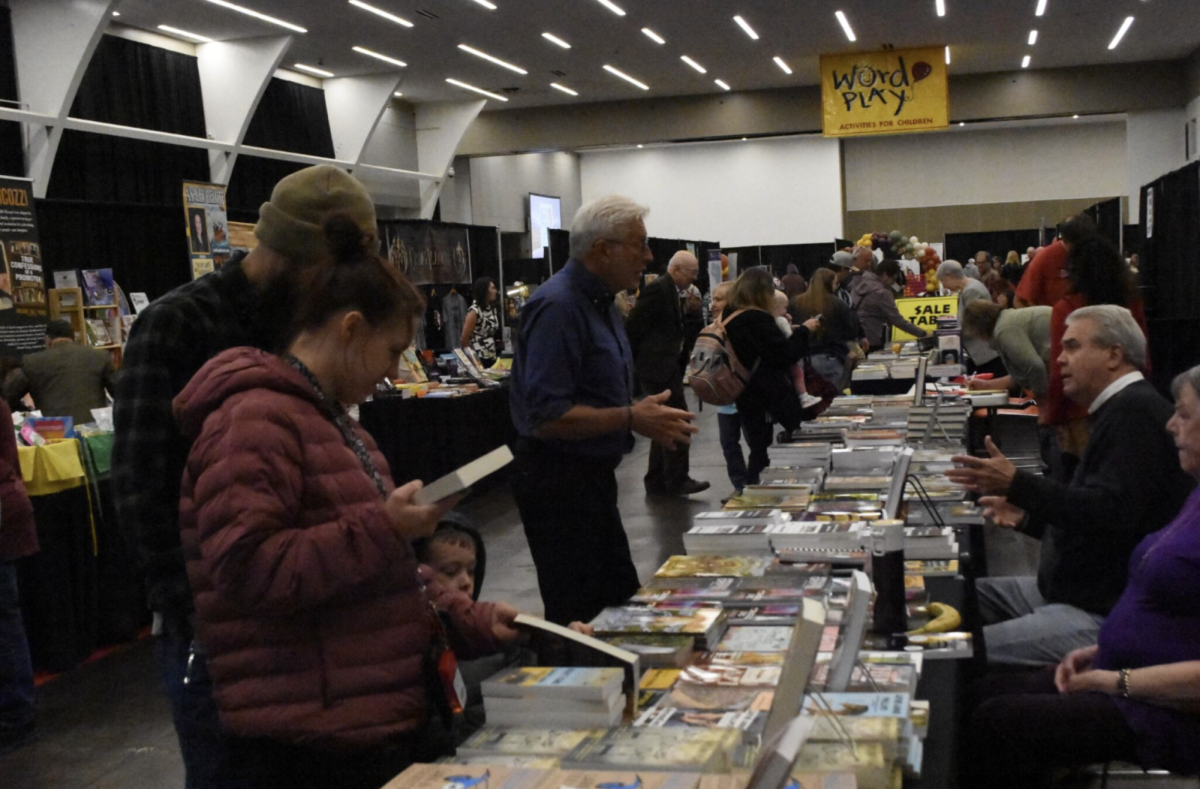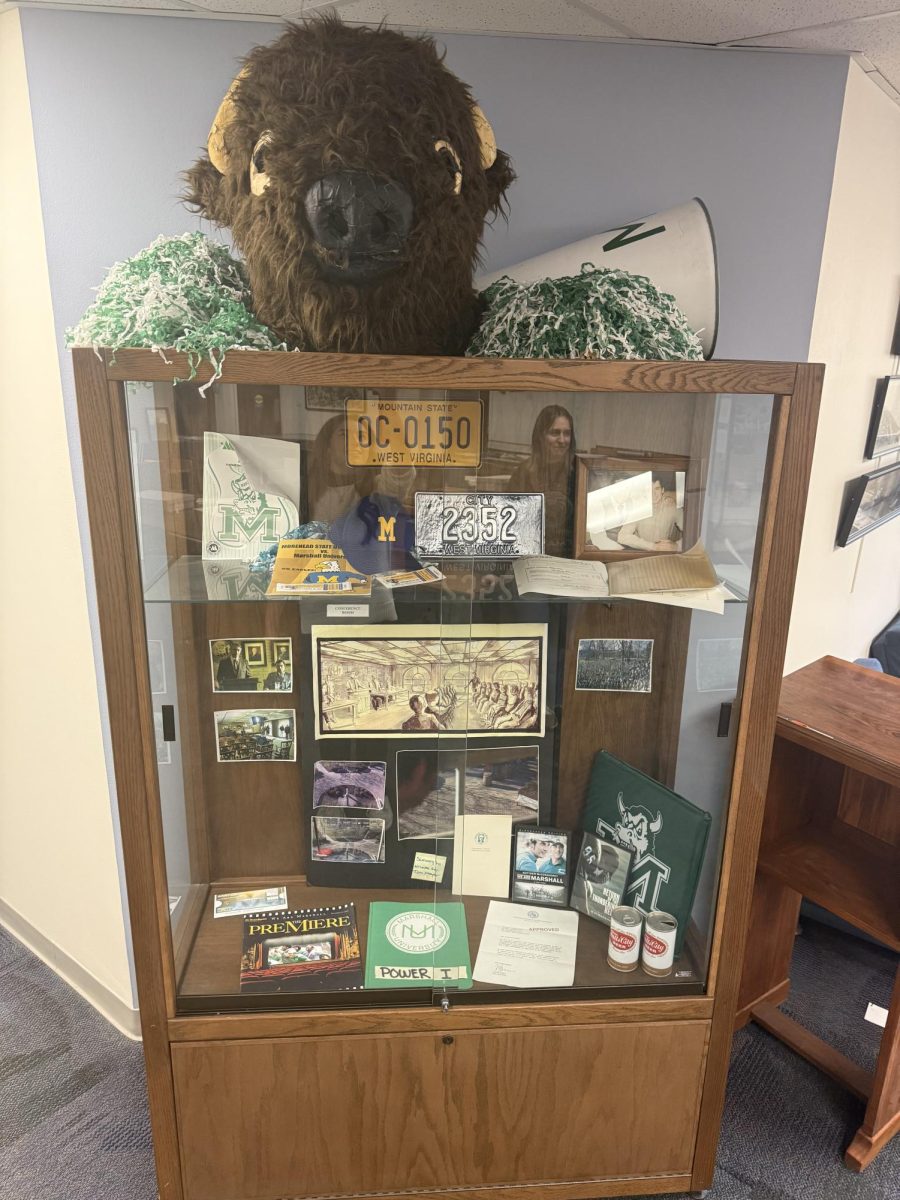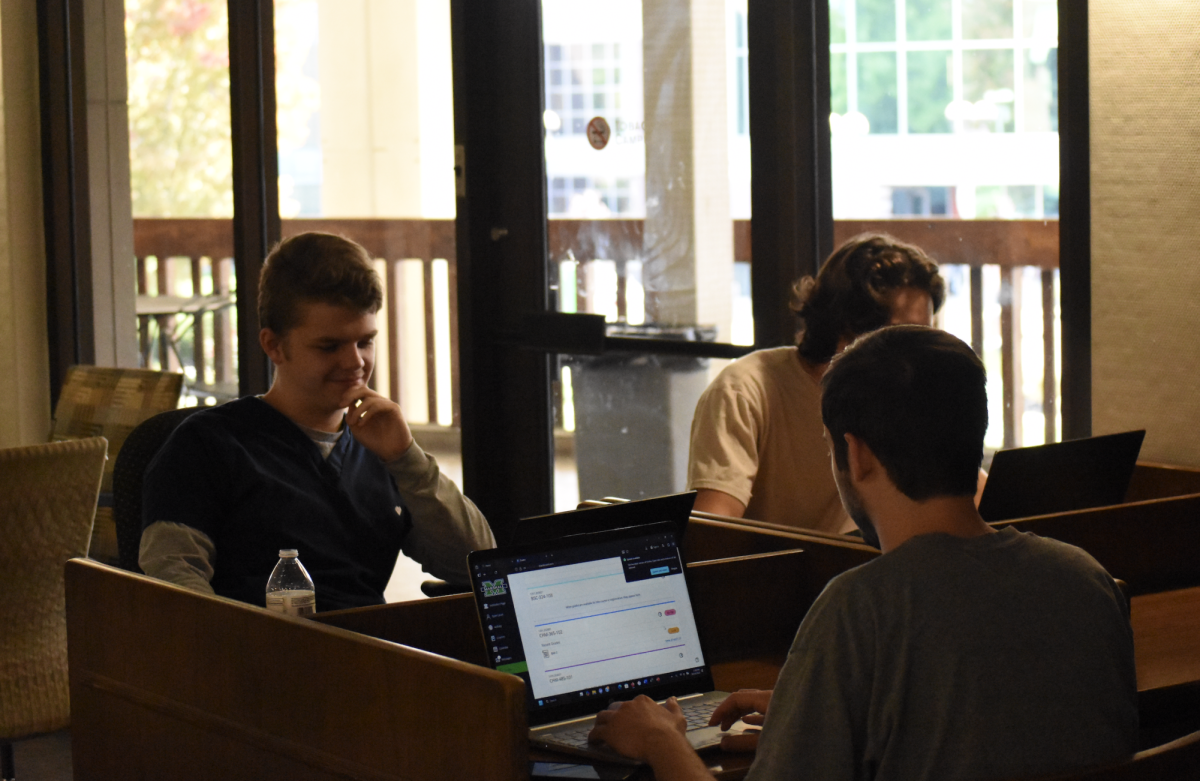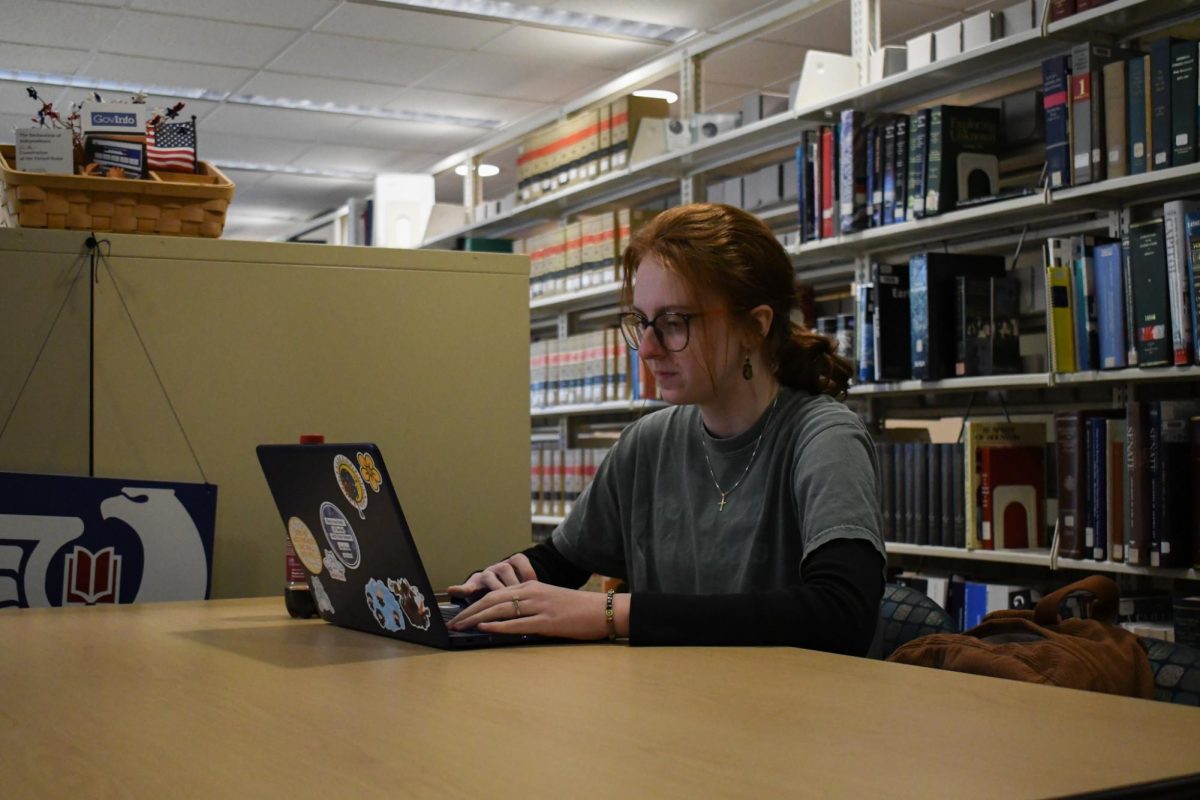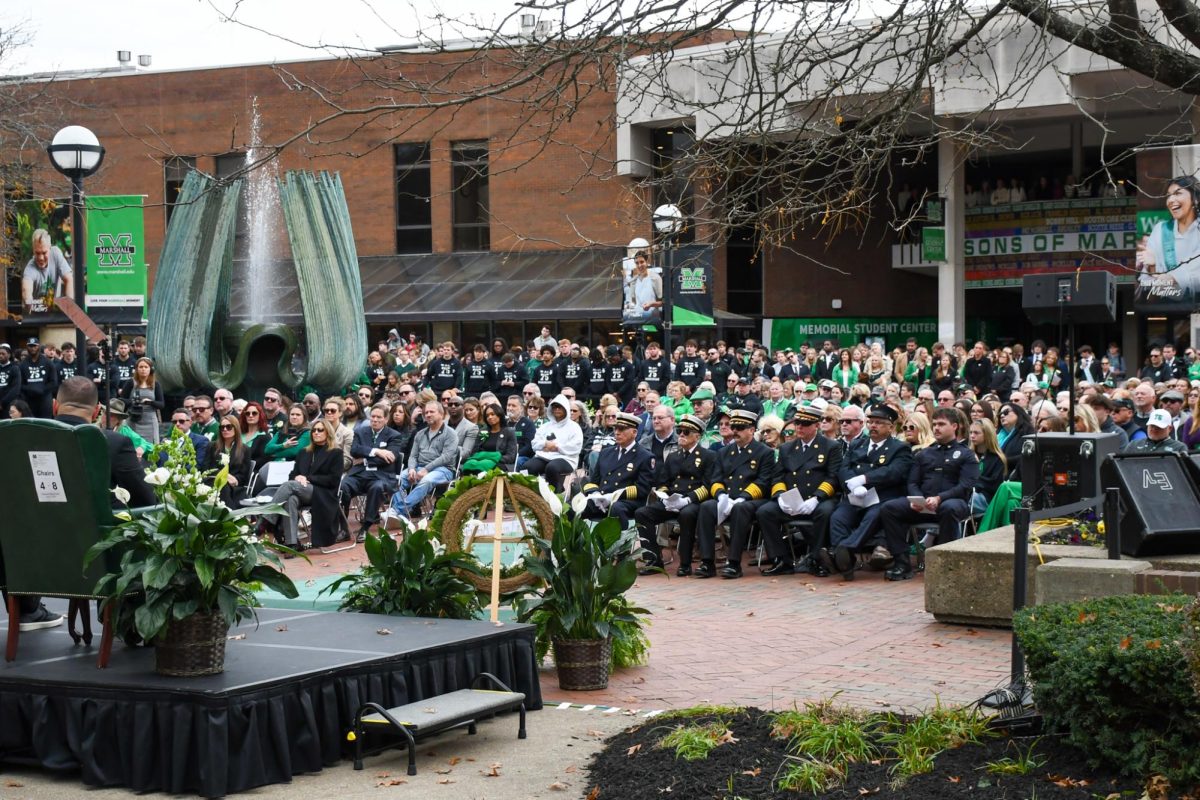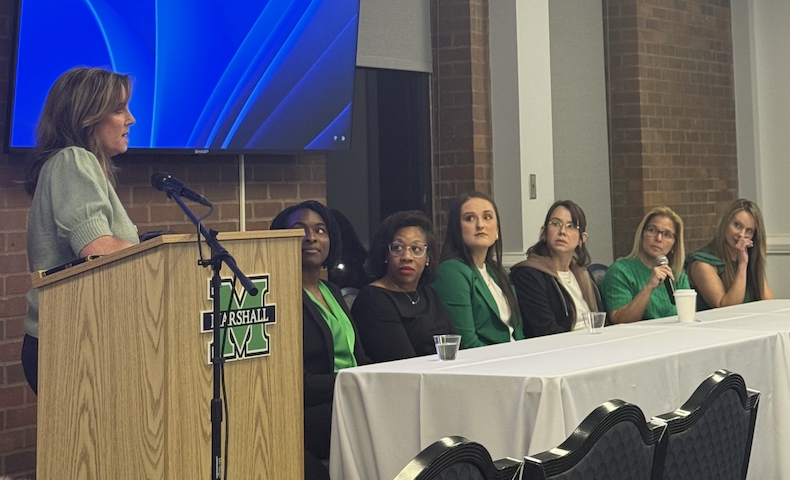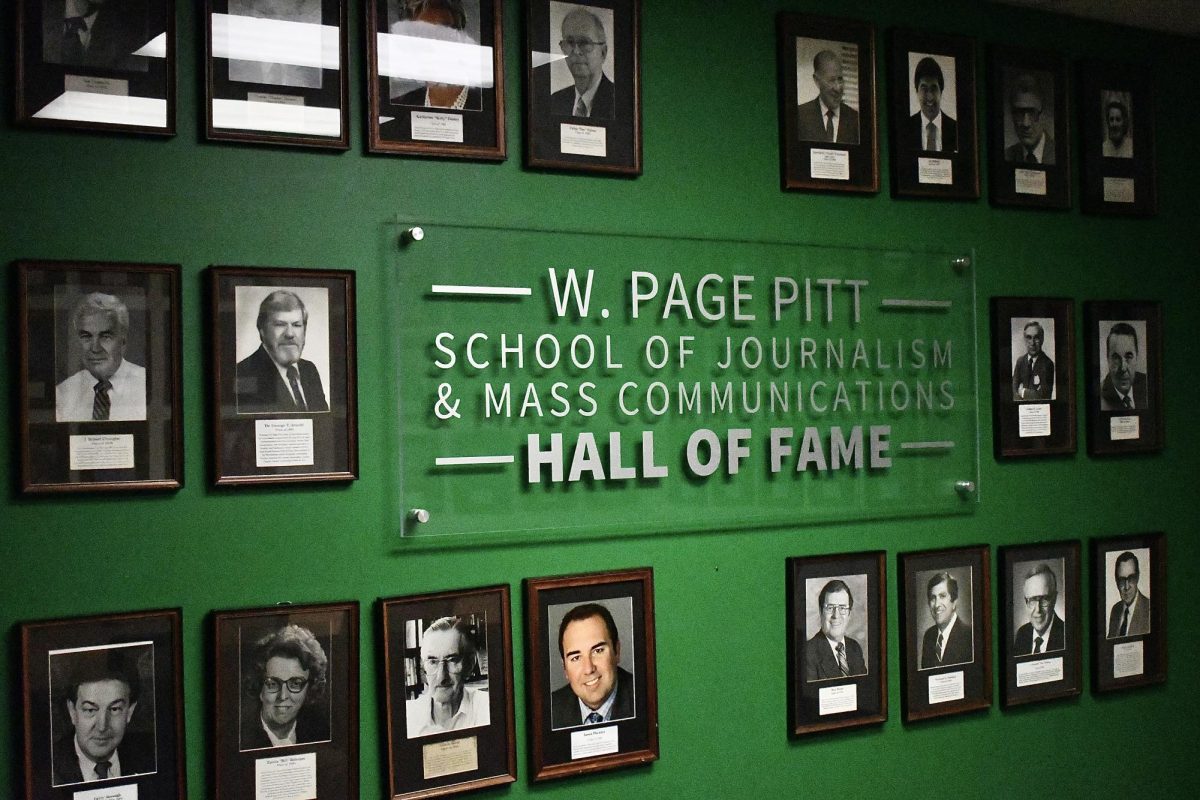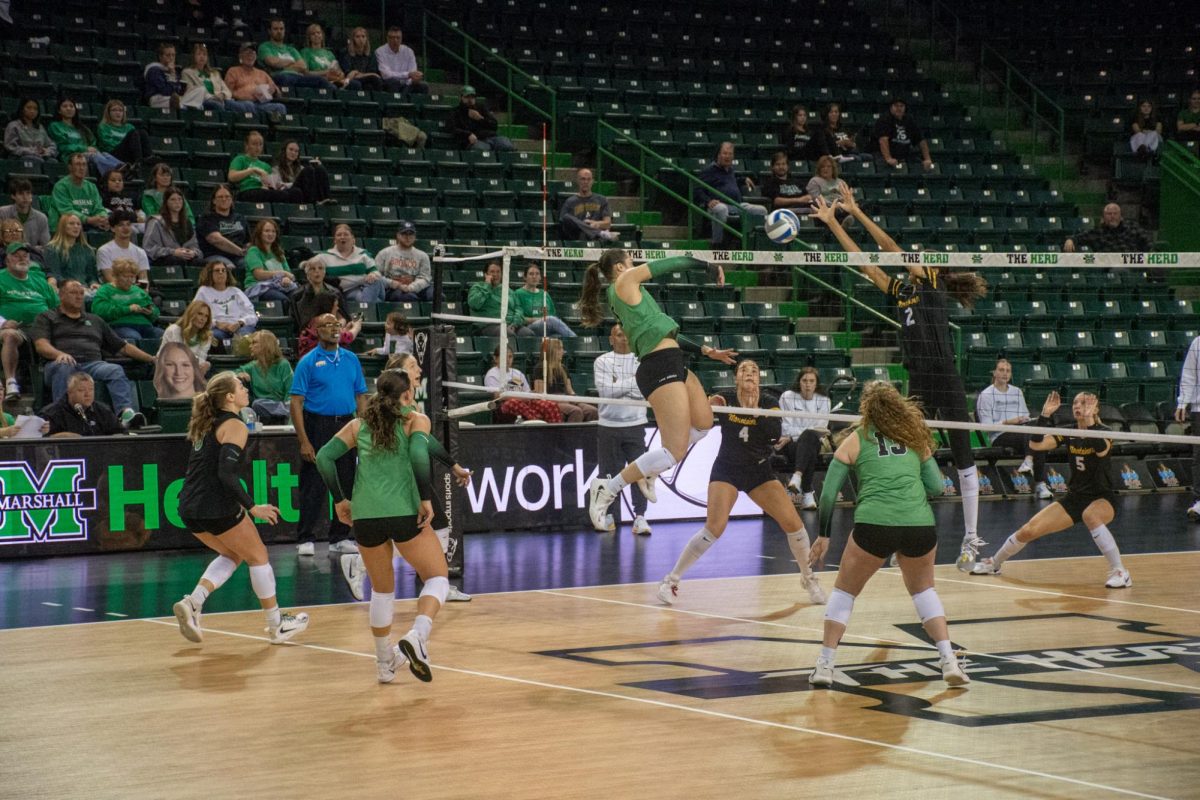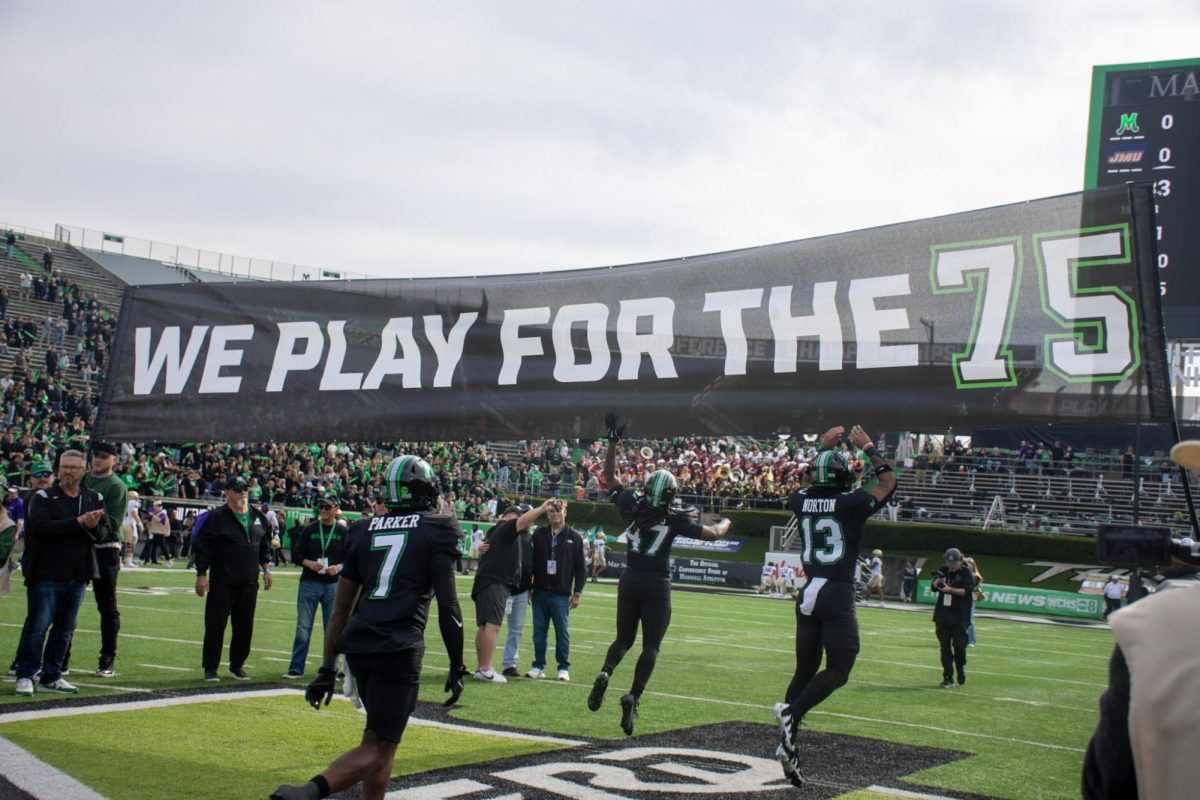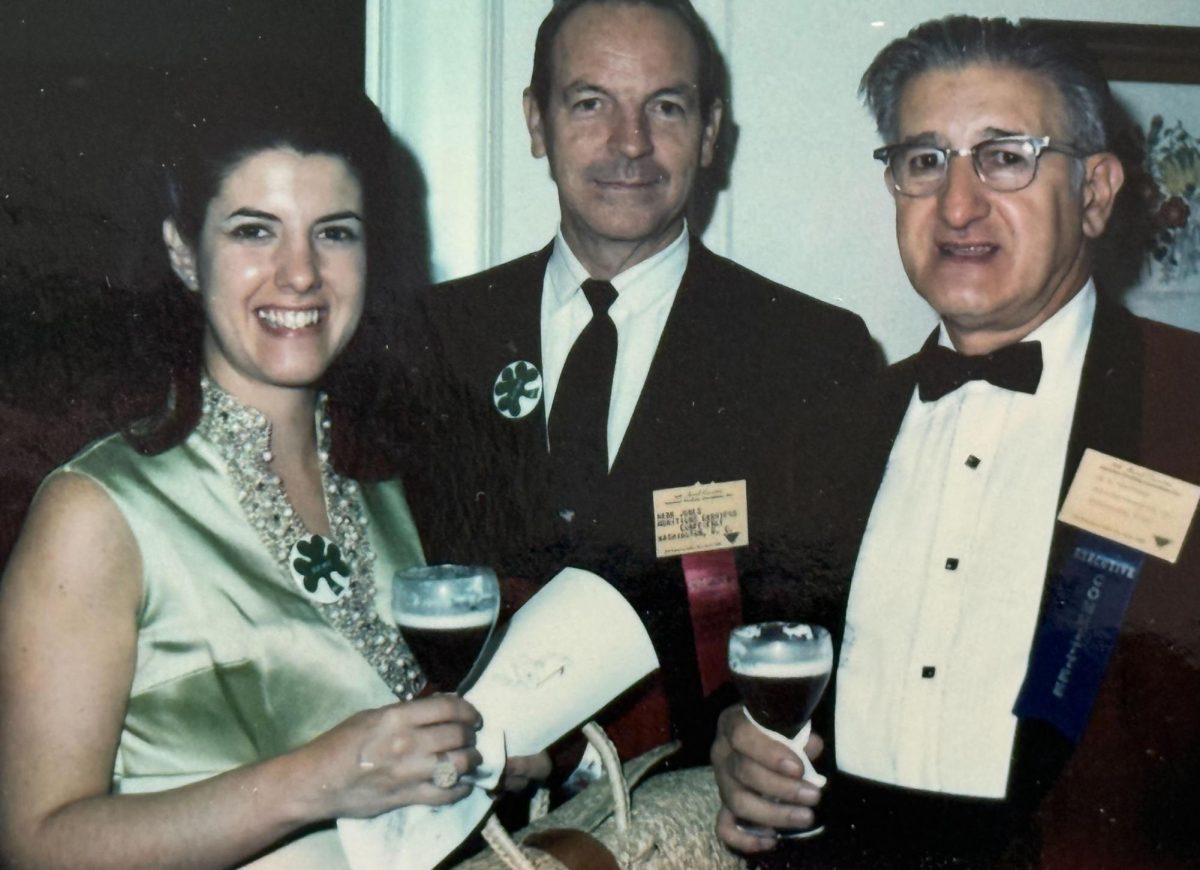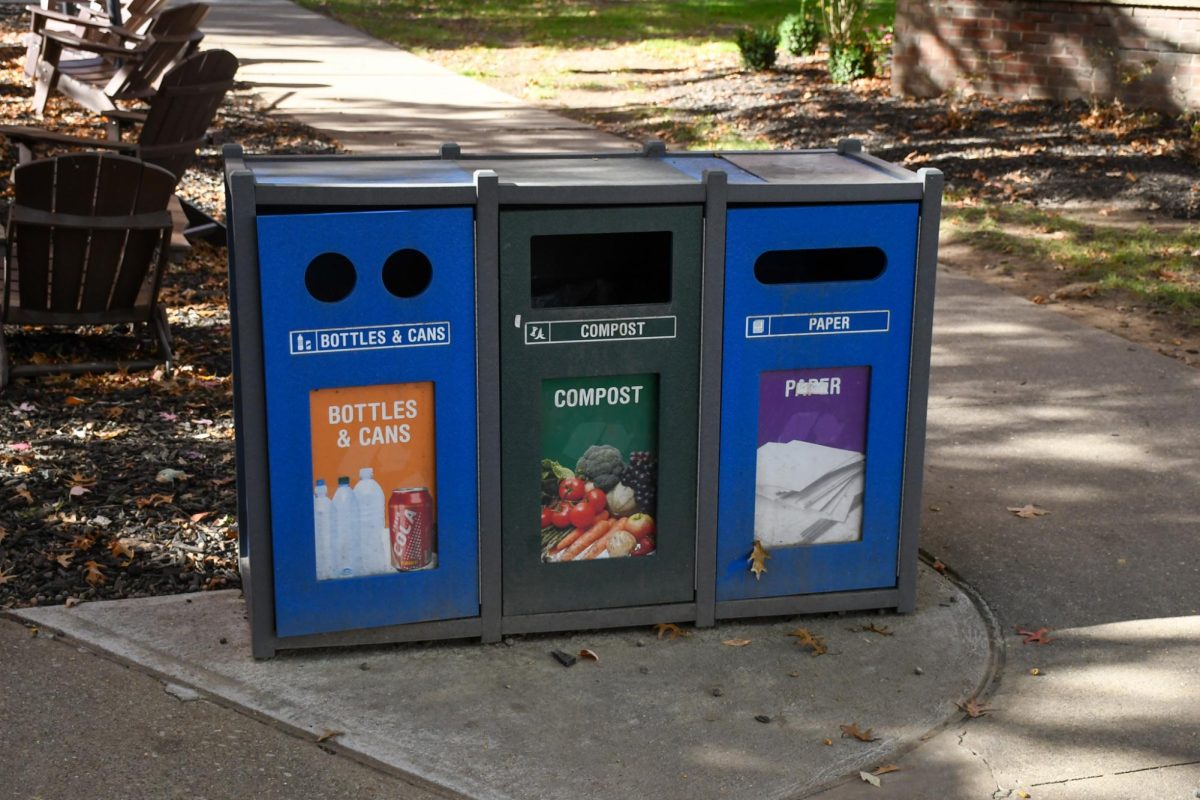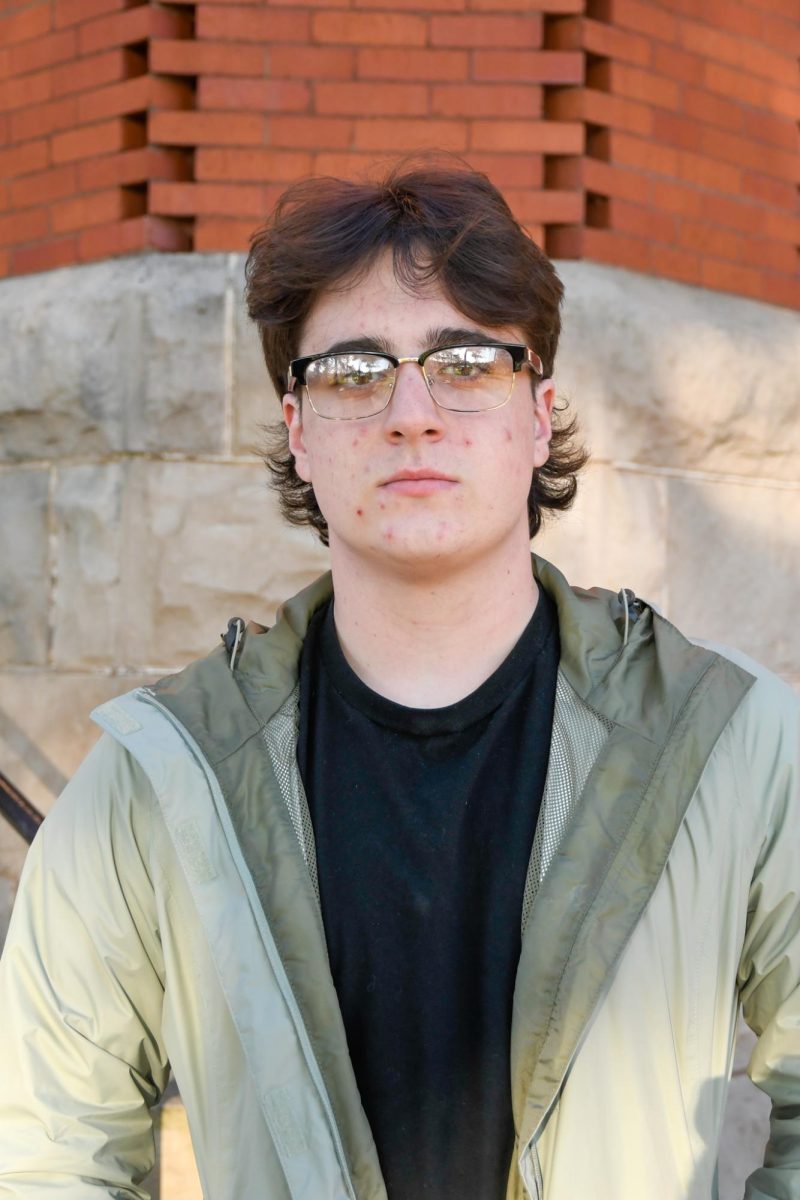An artist may not always have the best materials available, but that doesn’t mean they can’t still create work of art, one Marshall artist said.
Marshall art student Kal Anna said recycling and creating go hand in hand, especially when you sit down and start to work on a piece.
“Maybe you don’t know how to use the $400 gouache paint or maybe you can’t afford to get the $400 gouache paint for your piece, but you do know how to go to Goodwill and pick up four different things of cloths, tablecloths, old clothes and make an assemblage-collage kind of piece out of materials that just aren’t as foreign to you,” Anna said. “You can get your point across with your piece better with something that you’re not having to work through how it physically functions versus how it mechanically functions.”
Likewise, Marshall art student Selene Aguirre said recycling has a large place in art, specifically when it comes to the cost of making art.
“The nice thing about reusing recycled materials is it’s accessible to anyone. You don’t have to have such high-quality professional supplies,” Aguirre said. “Every time I go to Hobby Lobby and I try to buy supplies, I always leave with more than $100 worth of supplies. Thankfully, at Marshall they really encourage using recycled materials and stuff like that. They provide a lot of materials, but they just encourage us to use whatever we have, as well.”
Anna said there are dedicated areas in the Marshall art department for people to take and leave whatever art supplies they need to make art that is not just accessible for themselves but everyone in their community of artists.
“Maybe it is the $400 gouache paint that somebody had to buy for a piece and they didn’t need 90% of the bottle – they just needed a little bit to do detail work – but they’ll just leave things like that in these spaces where artists can access it and use the rest of it,” Anna said.
Aguirre said thrifting and recycling not only makes art more accessible for people, but it also inspires new meanings in art pieces and fellow artists. As she was thrifting for materials once, she had the opportunity to tell the cashiers what she was using the purchases for, and she said they were surprised to see her using them for art.
“I was able to talk to not just the person that was checking me out but also the people in my classroom about the materials that I used and how I went my to find it and recycle,” Aguirre said. “It just gave them ideas, and I think that’s really cool with also not just art but recycled medias.”
Anna said the beauty of using recycled media lies in the sense of community it brings to a piece.
“It brings people together when they can see themselves within a piece, and then that gets even further pushed along when it’s like, ‘Oh, that’s pieces of the old fountain that they’ve used to make a new fountain,’” Anna said. “Instead of going and spending so much more money to get tons of new materials to make new community art pieces, it becomes sort of like, ‘Oh, this is now mixing what we used to have with something new.’”
For anyone interested in seeing more of the connection between art and recycling, the Marshall Sustainability Department will be hosting the Creative Reuse Festival and Upcycled Art Show in October for National Sustainability Month.
Soleil Woolard can be contacted at woolard3@marshall.edu.


